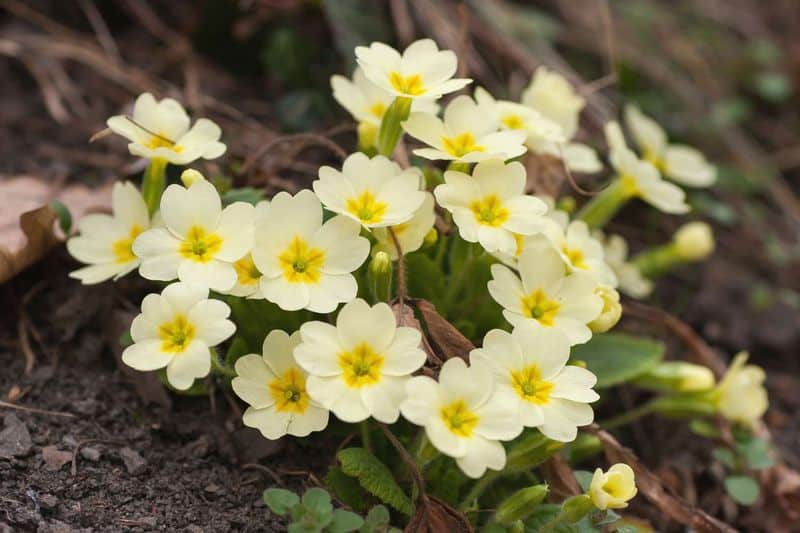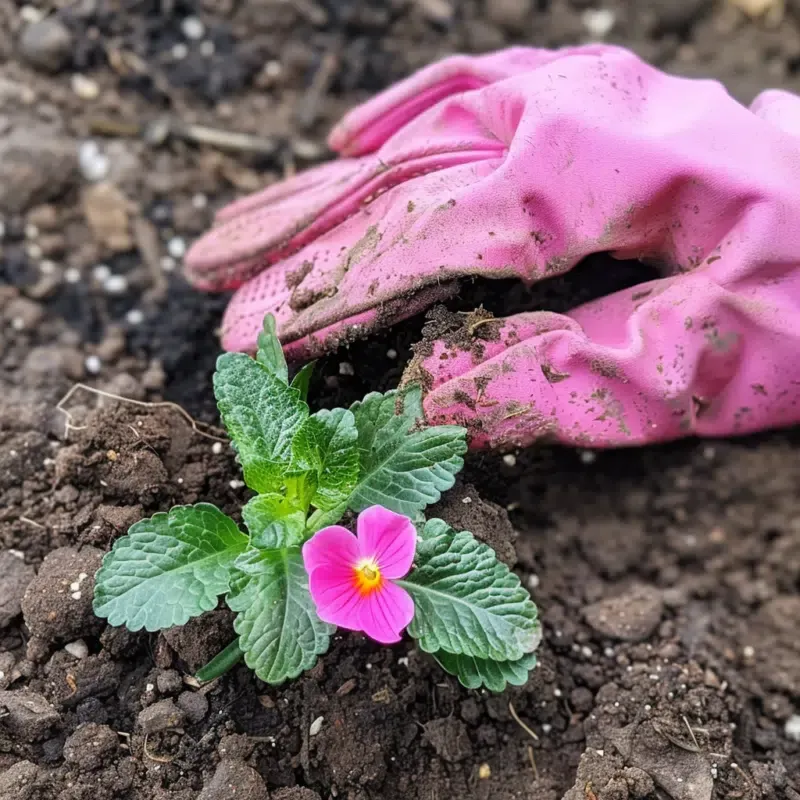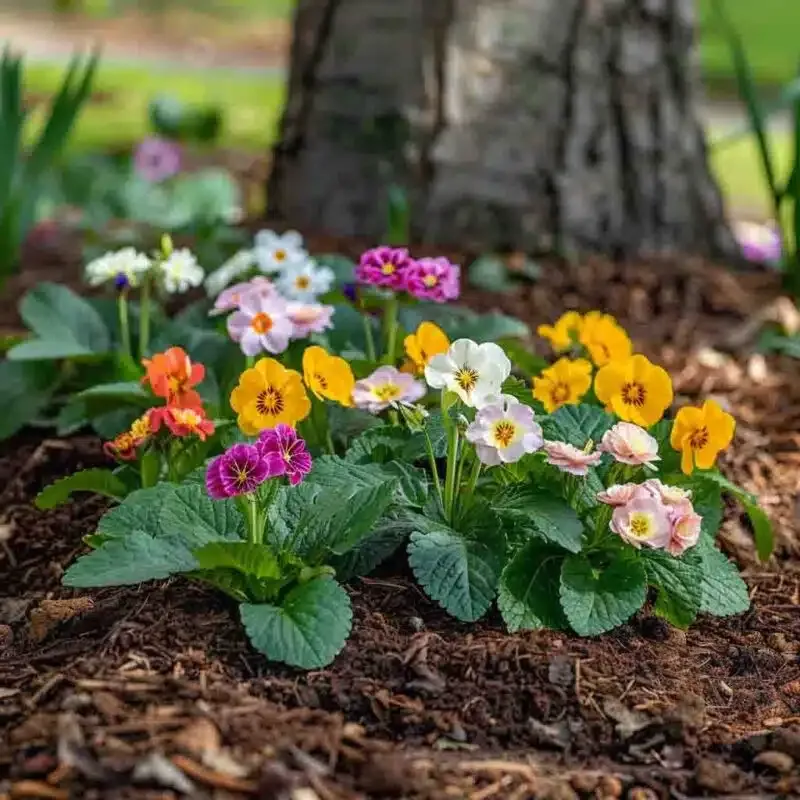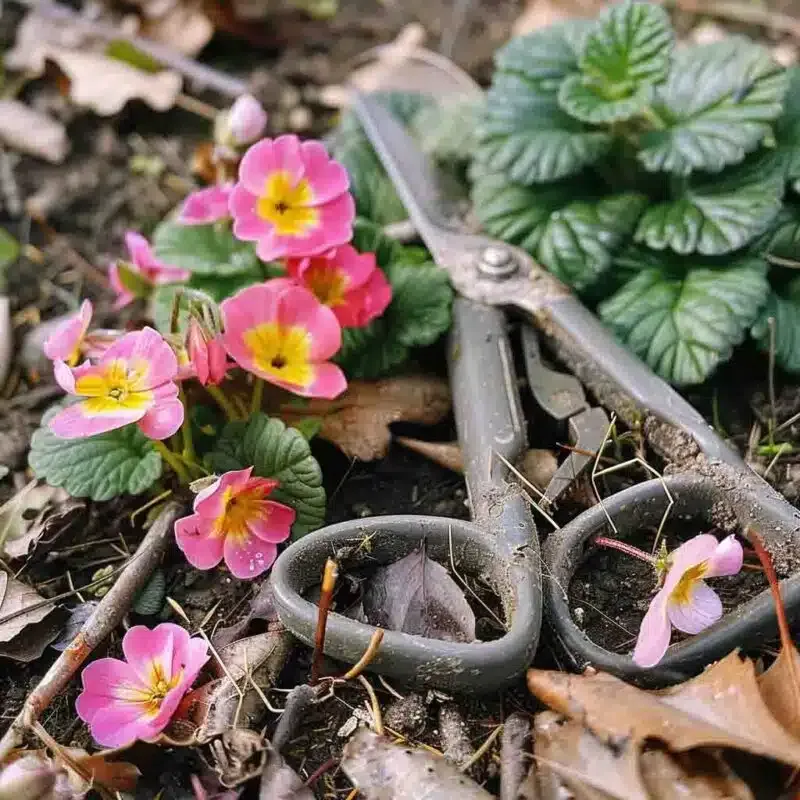Primroses are delightful perennials that add vibrant colors to any garden. With their cheerful blooms and lush foliage, they brighten up spaces from early spring through summer.
While they are relatively easy to grow, following these 10 tips will ensure your primroses thrive and bring lasting joy.
1. Choose the Right Location

Finding the perfect spot for your primroses is crucial. They thrive in areas with partial shade, away from harsh afternoon sun.
The gentle morning light is ideal for their delicate petals. Well-drained, rich soil helps them flourish. Remember, the right environment sets the stage for vibrant blooms.
2. Prepare the Soil

Primroses love well-drained, fertile soil. Enhance your garden bed with organic matter like compost or peat moss. This boosts nutrients and ensures proper drainage.
Loosen the soil to about 12 inches deep. With the foundation set, your primroses are poised for a colorful show.
3. Planting Techniques

When planting primroses, space them about 6 inches apart to allow for growth. Dig holes slightly larger than the root ball, and plant at the same depth as in the pot.
Water gently to settle the soil. This careful planting fosters strong, healthy plants.
4. Watering Wisely

Primroses prefer consistently moist soil. Water them regularly, especially during dry spells. However, avoid waterlogging, which can harm roots.
A good rule of thumb is to water when the top inch of soil feels dry. Proper hydration keeps your primroses lush and lively.
5. Fertilizing Tips

Feed primroses with a balanced liquid fertilizer every four to six weeks during the growing season. This provides essential nutrients for robust blooms.
Avoid over-fertilizing, which can lead to lush foliage but fewer flowers. A steady feeding schedule supports their floral beauty.
6. Pest Management

Keep an eye out for common pests like slugs and aphids. Regular inspection helps catch issues early.
Use natural remedies, such as neem oil or diatomaceous earth, to control infestations. Encouraging beneficial insects like ladybugs can also help keep your primroses pest-free.
7. Mulching Benefits

Mulching around primroses conserves soil moisture and suppresses weeds. Use organic materials like bark chips or straw.
Apply a 2-inch layer, taking care not to cover the plant’s crown. Mulch acts as a protective blanket, ensuring your primroses stay healthy and vibrant.
8. Pruning Practices

Regular pruning encourages fresh blooms. Snip away faded flowers to redirect energy into new growth.
Trim back any dead or yellowing leaves to maintain plant health. Pruning not only keeps your primroses looking tidy but also promotes a continuous splash of color in your garden.
9. Winter Care

Prepare primroses for winter by mulching heavily and providing frost protection in colder climates.
Cut back dead foliage and ensure drainage is maintained. This winter care routine safeguards your plants, allowing them to burst back to life with vibrant colors in the spring.
10. Companion Planting

Pair primroses with complementary plants like ferns or hostas. These companions share similar growing conditions and enhance visual appeal.
Mixing textures and colors creates a dynamic garden scene. Companion planting not only beautifies but also supports healthy growth, enriching your garden’s biodiversity.

